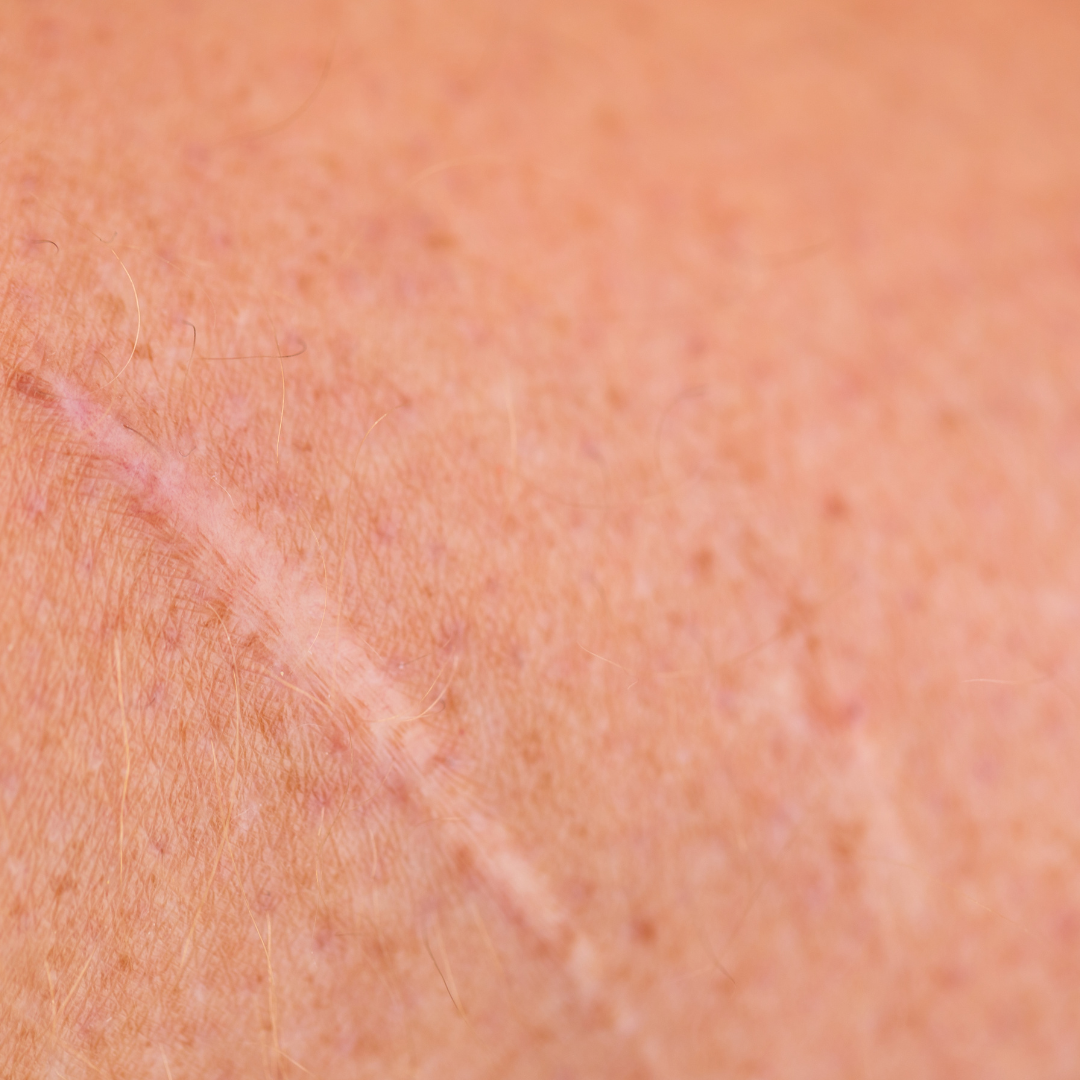
How do I treat a scar?
Share
Visit scars are part of the natural process of healing of the skin after an injury. Whether it's due to a cut, a bruise burntheacneor a surgical operationthey can sometimes be unsightly and cause itching or discomfort. To effectively treat scarit is essential to understand how the scar tissue and what options exist for theattenuate.
1. Topical treatments: an essential first step
Healing creams and specific ointments
Creams play a crucial role in the healing process, providing essential hydration and stimulating cell regeneration. Creams based on collagen, vitamin E or hyaluronic acid are particularly effective in softening the skin and reducing the appearance of scars.
- Hyaluronic acid: Promotes deep hydration and helps rebuild skin tissue.
- Vitamin E: Known for its antioxidant properties, it helps protect and repair the skin.
- Shea butter: Renowned for its nourishing properties, it improves scar elasticity.
Silicone gel
Silicone gels or dressings are recommended for hypertrophic and keloid scars. They create an occlusive barrier that hydrates and reduces excessive proliferation of scar tissue. Regular use can reduce scar redness and thickness within a few months.
Vegetable and essential oils
Oils such as rosehip,argan and lavender promote healing and regeneration. They can be gently massaged in to soften scars and reduce redness.

2. Specialized medical treatments: for better results
Injection of corticoids
Corticosteroid injections are used to reduce inflammation and flatten hypertrophic and keloid scars. They work by inhibiting excessive collagen production. This treatment requires several sessions and is generally carried out by a dermatologist.
Fractional laser and ablative laser
Laser treatments are particularly effective for acne scars and deep scars.
- Fractional laser: This laser targets the deeper layers of the skin, stimulating collagen production while preserving surrounding tissue. It improves scar texture and appearance.
- Ablative laser: This treatment removes the superficial layer of skin, promoting the formation of new skin. It is often used for older or resistant scars.
Dermabrasion and chemical peeling
These techniques involve exfoliating the skin's surface to reduce superficial scars and improve the appearance of deeper scars.
- Dermabrasion: This mechanical method removes the top layer ofepidermis. It is effective for acne scars and surgical scars.
- Chemical peel: Uses fruit acids (AHAs) to stimulate cell renewal and reduce redness.
Reconstructive or revision surgery
For large scars, such as those resulting from major injuries or caesarean sections, surgery may be required. This involves removing the scar and suturing it more precisely. This type of treatment is often combined with compression dressings to minimize the risk of recurrence.

3. Complementary methods to improve the appearance of scars
Compression bandages
Often used after burns or plastic surgery, compression dressings help control scar tissue formation by exerting uniform pressure. This limits scar thickening and prevents the formation of keloids.
Regular massages
Massaging the scar with a specific cream or oil promotes tissue regeneration and the softening of scar tissue. Massages also help reduce subcutaneous adhesions and improve blood circulation in the treated area.
Cryotherapy
This technique usesliquid nitrogen to destroy excess tissue in keloid scars. Although cryotherapy can be painful, it offers visible results after several sessions.
4. Innovations and emerging treatments
Microneedling
This technique uses microneedles to stimulate collagen andelastin production. It is particularly effective for acne scars and superficial surgical scars.
Radiofrequency treatment
Radiofrequency heats the deep layers of the skin to stimulate collagen production and improve the appearance of atrophic scars.
Injection of PRP (platelet-rich plasma)
This treatment uses the patient's own blood, enriched with platelets, to accelerate the healing process. It is increasingly used in dermatology to treat deep scars and improve skin texture.
